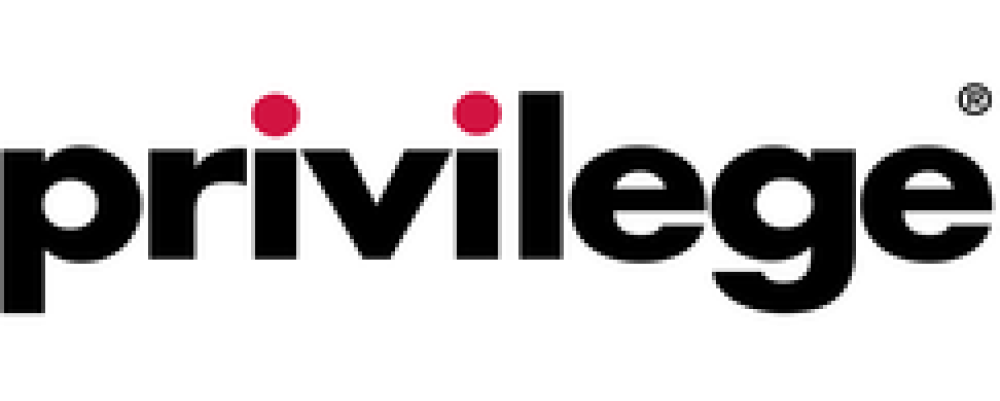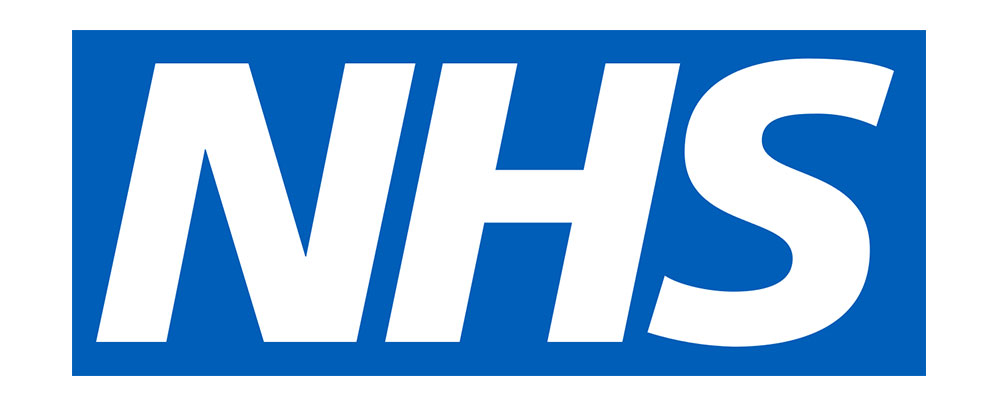Three ways to maximise your investment in market segmentation research
Market segmentation research should be an investment. But not an investment like gold or bonds, something that you stick in a dusty vault, or the digital equivalent, and try to forget about while hoping that its value will soar and make you rich.
Instead, market segmentation is more like a good watch, a made-to-measure suit or a designer handbag – something that you should use all the time so your cost per use is low and the value you derive from it – the job you got when you wore the Paul Smith suit, or the envy of all your friends when they saw your Louis Vuitton bag – is worth many times the original cost.
We’re going to assume that you have taken the advice in our previous article and have developed a great market segmentation, whether a priori or post hoc. But however elegant the analysis and interesting the individual segments, you will only see a return on your investment if you can use the segmentation to uncover opportunities and influence your marketing strategy, as discussed in our first article in this series.
Here’s three key ways to maximise the return on the market segmentation you have created.
Add your market segmentation to all research
Now you have created the segmentation, all your ongoing research and insight work should include it. Every piece of work should add to your understanding of your segments, and your segmentation should add depth and insight to every piece of work. In practice, this will mean that you need to derive a set of golden questions which enable you to replicate the segmentation without having to include the full segmentation questionnaire.
What are golden questions?
Golden questions are the ones in the original segmentation questionnaire that are most powerful in discriminating between the resulting segments. The goal for golden questions is to use as few questions as possible, so as not to take up valuable real estate on your quant questionnaires or qualitative research screeners, but to use as many as needed to discriminate effectively between segments.
In some cases, you may be able to get it down to a single question. For example, a travel firm who has segmented their customers by their preferred type of holiday may be able to use a question like the following:
Which of the following is closest to describing the perfect holiday for you?
- Sunny beach holiday with nightlife and entertainment
- Snow, skiing and winter sports
- Family break with sunshine, pool and kid’s club
- City break with galleries, shopping and restaurants
- Cruise holiday with food and entertainment on board plus excursions
However, many segmentations are more complex and will require more questions. It can be helpful to create more than one set of golden questions: a shorter set for when there is not much space on your questionnaire and a longer set for when it is important to get an even more reliable allocation of respondents to segments.
How can I use golden questions?
You can use segmentation golden questions in all your surveys and qualitative research. Add the golden questions to your brand tracker or customer experience tracker to learn about how the segments interact with your brand. If you are conducting focus groups, you can recruit from your primary target segments. In the case of the travel company, that might mean bringing together people who are most likely to book a cruise holiday for a group to talk about destinations and entertainment options.
You can also use golden questions in customer-facing situations. If you have a short set of questions, or even a single question, call centre staff can use them to quickly classify incoming calls, and then select scripts that are designed specifically for each segment. If you have sales teams, they can use the questions in conversation with prospects to help qualify them.
Bring your marketing segments to life
It can be hard to retain the details of each segment, which in turn makes it hard to understand how and when to use them. It is particularly difficult for people who weren’t involved in the segmentation process to understand them and why they are valuable. The more you can do to bring your segments to life, the easier they become to understand and use.
Naming market segments
The first step is to give your segments a descriptive name. It’s so much easier to remember that a segment contains people who like holidays in the sun with nightlife if the segment is called ‘Sun Seekers’ rather than ‘Segment 1’.
Segment personas
Creating personas is another great way to bring the segments to life. The goal isn’t to represent everyone in the segment but to illustrate what someone who was right in the middle of that segment might look like. Take the key demographics that relate to the segment and create a persona. For example, a Sun Seeker might be in their early 20s, unmarried with no children, working in an admin level job, and living in rented accommodation, whereas someone in the ‘Family Funtime’ segment might be in their late 30s, married with primary-aged children, be in a middle management role and own a house with a mortgage.
You can conduct qualitative research to develop your personas and add detail and colour to them. Using your golden questions, you can recruit people for depth interviews or focus groups and use them to explore the characteristics of people in the segment.
Embed your marketing segments in your organisation
Many organisations today are attempting to become more customer-centric. To do so, it helps if people throughout the organisation should be focused on the customer, regardless of whether their role is directly customer facing. As discussed above, the segments shouldn’t just sit on a shelf in the insights or marketing department but should be woven through the fabric of the organisation and its processes and decision making. This requires good internal communications – the marketing or insight teams need to promote their work and the value of using the segments.
How to communicate about marketing segments
If you have created strong personas, you can use them to build an internal communications campaign. A great way to get the message across in a succinct and accessible fashion is to create a short explainer video. If you have used qualitative research to recruit exemplars of each segment you can include vox pops or images. You can also blog about the segments, create decks that show how the segments are relevant in different functional areas of the organisation, such as sales or customer experience, or even create posters that show the personas to put up in physical office spaces. Additionally, whenever you communicate insights findings, make sure you include how they link to the personas and how the segmentation is relevant.
In summary
Your market segmentation is an investment in your brand and your company. Make sure you work it to get the maximum return. If you would like any further information, Brandspeak are here to help. Get in touch below.














